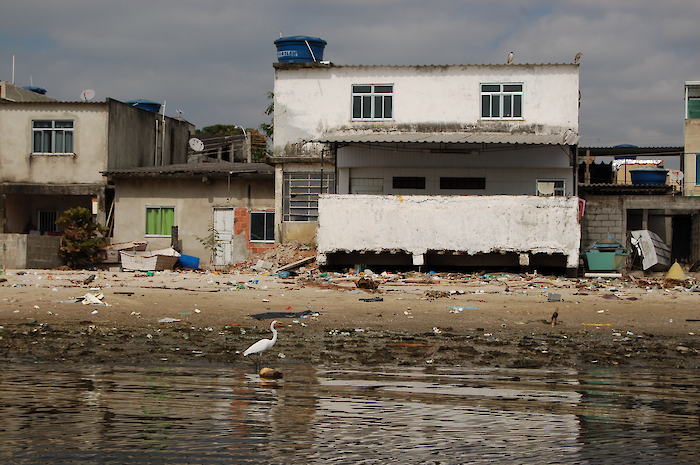
Bacteria such as fecal coliform occur naturally in both fresh and salt water. Bacteria are also commonly found in the intestines of humans and other warm-blooded animals. Most are harmless to humans and animals, but some are pathogenic and can cause illness in swimmers. Pathogens can come from the feces of many animals, including wildlife and pets, or from humans, through leaking septic systems and broken sewer lines.
How is it measured?
Guanabara Bay
Fecal coliform was measured at approximately 20 stations between 2013-2015. The proportion of time that fecal coliform was below the threshold at each station was calculated and then spatially averaged into reporting regions.
Data is provided by INEA.
Each sample is compared to a threshold to calculate a score from 0 to 100. All sample scores are averaged for each sampling location to reach a station score. All stations in each region are averaged to a region score. All regions are averaged to the overall indicator score.
Threshold levels
The fecal coliform threshold for the Bay is 250 MPN/100ml, which was determined using the National Council of the Environment (CONAMA) Law for Recreational Areas.
